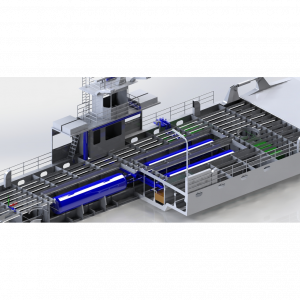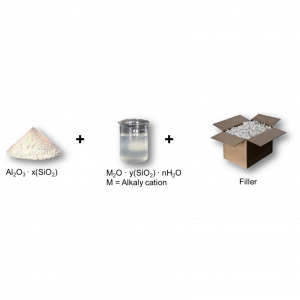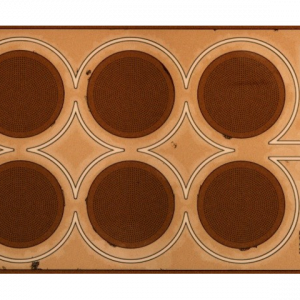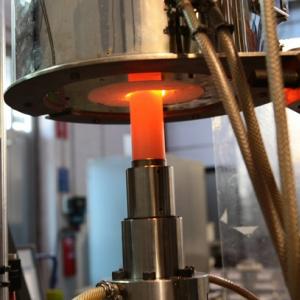
Metal Replacementreplacement of metal alloys (steel, aluminium, copper, cast iron...) with plastic materials.
Metal Replacement is the replacement of metal materials (steels, aluminium alloys, cast iron...) with high performing polymeric materials. The recent developments of new and better performing thermoplastic materials allow applications to be extended...




